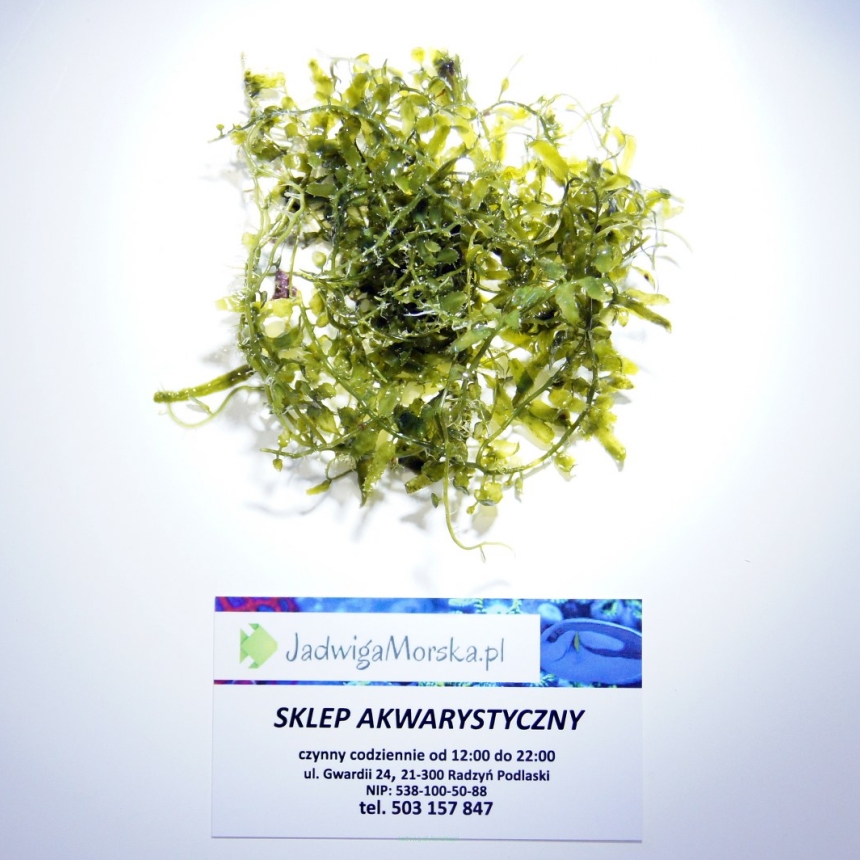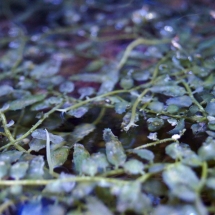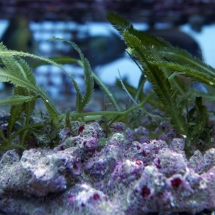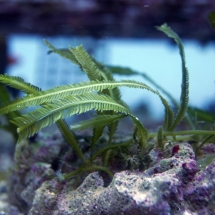



Caulerpa is a genus of marine macroalgae belonging to the green algae group. Below is a general description and information on the cultivation of Caulerpa:
Description of the Caulerpa genus:
Appearance: Caulerpa has various species with diverse appearances. Their morphology can include leaf-like shapes, stems, or filaments. Leaves can be simple or compound, and the color can vary depending on the species, ranging from green to brown or red.
Size: Plants from the Caulerpa genus come in various sizes, from a few centimeters to much larger.
Behavior: Caulerpa is a marine alga that grows on the ocean floor or underwater rocks. It is known for its rapid growth and ability to spread under favorable conditions.
Cultivating Caulerpa in marine aquariums:
Aquarium: Cultivating Caulerpa in marine aquariums requires an appropriate environment. The aquarium should be adequately lit because these algae require light for photosynthesis. Additionally, it's essential to provide proper filtration and water circulation.
Substrate: You can grow Caulerpa on various substrates, including underwater rocks, sand, or in specialized containers with suitable substrates.
Water Parameters: To ensure proper Caulerpa growth, maintaining stable water parameters is crucial. The water should be kept at suitable temperatures and salinity levels, typically between 1.023 and 1.025. Regular monitoring of nutrient levels such as nitrates and phosphates is also essential to avoid excessive algal growth.
Feeding: Caulerpa is autotrophic and produces food through the process of photosynthesis, using sunlight. However, it can also be supplemented with additional lighting and essential nutrients like iodine, iron, and other micronutrients to maintain its health and color.
Cultivating Caulerpa in marine aquariums is popular due to its ability to reduce nutrient levels and provide natural beauty to the aquarium. If you want to grow it in your aquarium, it's necessary to provide suitable lighting, substrate, and water parameters.